What Does a Certified Arborist Do? A Homeowner’s Guide
Trees are a valuable part of your landscape—but when problems arise, it can be hard to know who to call. This is where certified arborists come in.
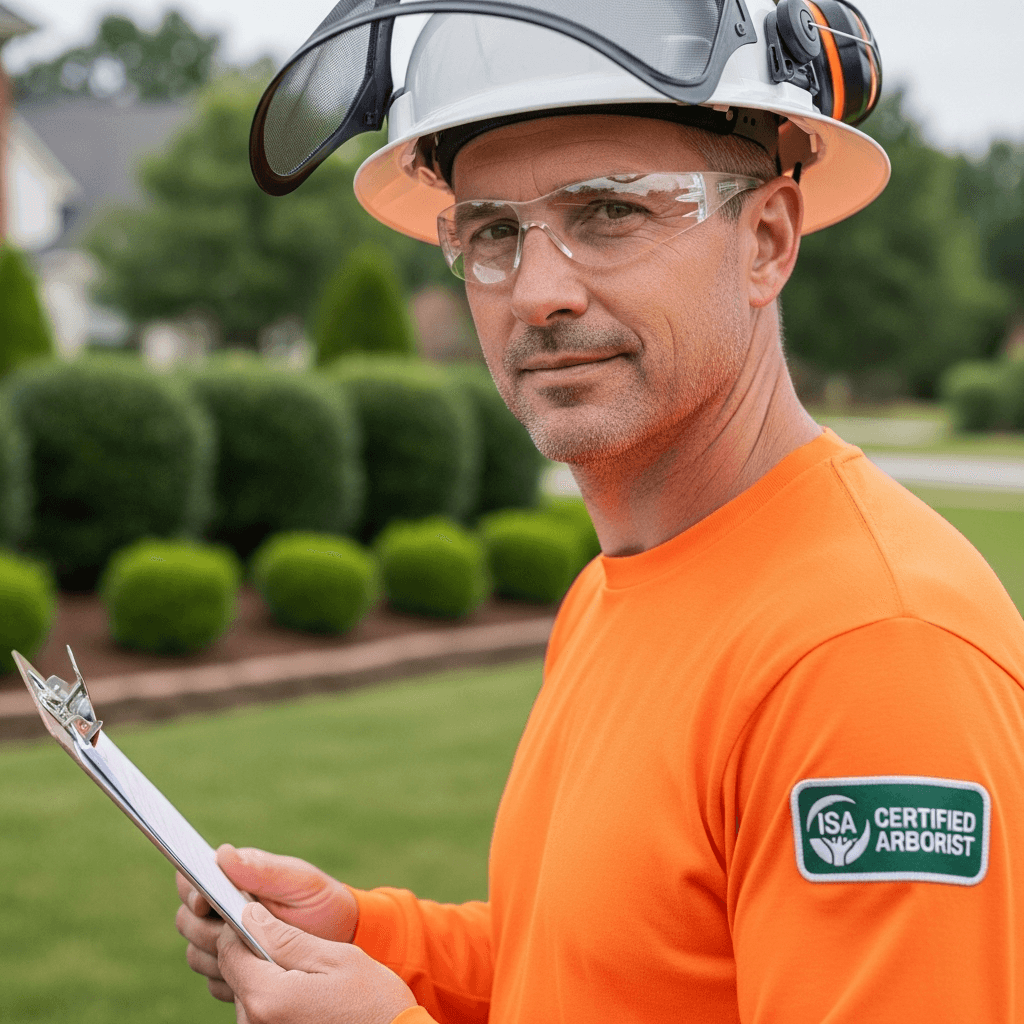
Table of Contents
Trees are a valuable part of your landscape—but when problems arise, it can be hard to know who to call. This is where certified arborists come in.
If you’ve ever wondered what does a certified arborist do, this guide explains their role, how they help maintain tree health, and how they differ from general tree service providers.
What Is a Certified Arborist?
A certified arborist is a trained tree care professional who has passed a rigorous examination and meets the standards set by the International Society of Arboriculture (ISA). This credential demonstrates both knowledge and practical experience in all aspects of tree care—from planting and pruning to disease diagnosis and risk assessment.
Unlike general landscapers or tree service crews, certified arborists follow recognised industry standards and are committed to ongoing education. They’re equipped to handle complex issues affecting tree health, safety, and structure.
Certified Arborist Services: What They Cover
Certified arborist services go beyond simple tree trimming. These professionals assess the condition of trees, identify issues early, and recommend appropriate care plans to maintain long-term health.
Common services include:
- Tree risk assessments
- Tree pruning based on structure and species
- Tree health and disease diagnostics
- Soil and root analysis
- Storm damage evaluations
- Removal recommendations (when necessary)
- Tree preservation planning for construction sites
Whether your goal is to improve safety or promote healthy growth, an arborist can provide expert guidance tailored to each tree on your property.
Tree Health Assessment by an Arborist
A tree health assessment by an arborist is a comprehensive evaluation of a tree’s condition. During this process, the arborist inspects:
- Leaf health and colour
- Branch structure and weight distribution
- Trunk integrity (looking for cracks, rot, or cavities)
- Root flare and soil stability
- Signs of pests or fungal infection
This assessment helps homeowners understand whether their trees are thriving or at risk. It also provides clear next steps—whether that’s treatment, trimming, or safe removal.
Benefits of Hiring a Certified Arborist
Hiring a certified arborist offers several key advantages over using general contractors or tree services:
- Accurate Diagnosis: Arborists are trained to identify early signs of disease, decay, or structural weakness.
- Preventive Care: Proactive trimming and soil care reduce the risk of future problems.
- Safety Expertise: Arborists use safe, science-based methods for tree removal and branch management.
- Long-Term Value: Regular assessments can extend the life of mature trees and protect your landscape investment.
- Regulatory Knowledge: Certified arborists understand local tree protection laws and can guide you through permits or preservation plans.
The benefits of hiring a certified arborist go well beyond short-term fixes. They provide a full-spectrum approach to tree care, balancing health, safety, and sustainability.
Arborist vs Tree Service: What’s the Difference?
Many people use the terms “arborist” and “tree service” interchangeably—but there are key differences.
| Certified Arborist | Tree Service Provider |
|---|---|
| ISA certified with formal training | May not have certifications |
| Focuses on long-term health and care | Often hired for cutting or removal only |
| Provides risk assessments and diagnostics | Typically task-oriented (e.g., removal) |
| Offers soil, root, and health analysis | Rarely provides detailed inspections |
If you’re dealing with diseased trees, safety concerns, or long-term maintenance needs, an arborist provides a deeper level of expertise.
Tags
Read More Articles
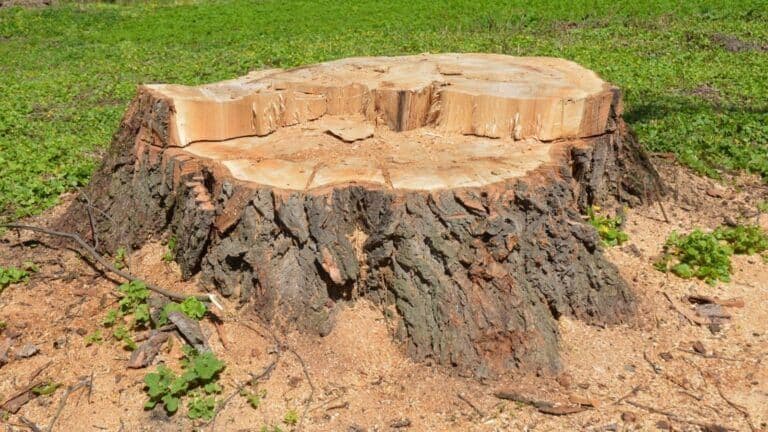
Why You Shouldn’t Ignore That Tree Stump in Your Yard
Tree stumps often seem like a harmless leftover after tree removal—but what you don’t see can become a problem over time...
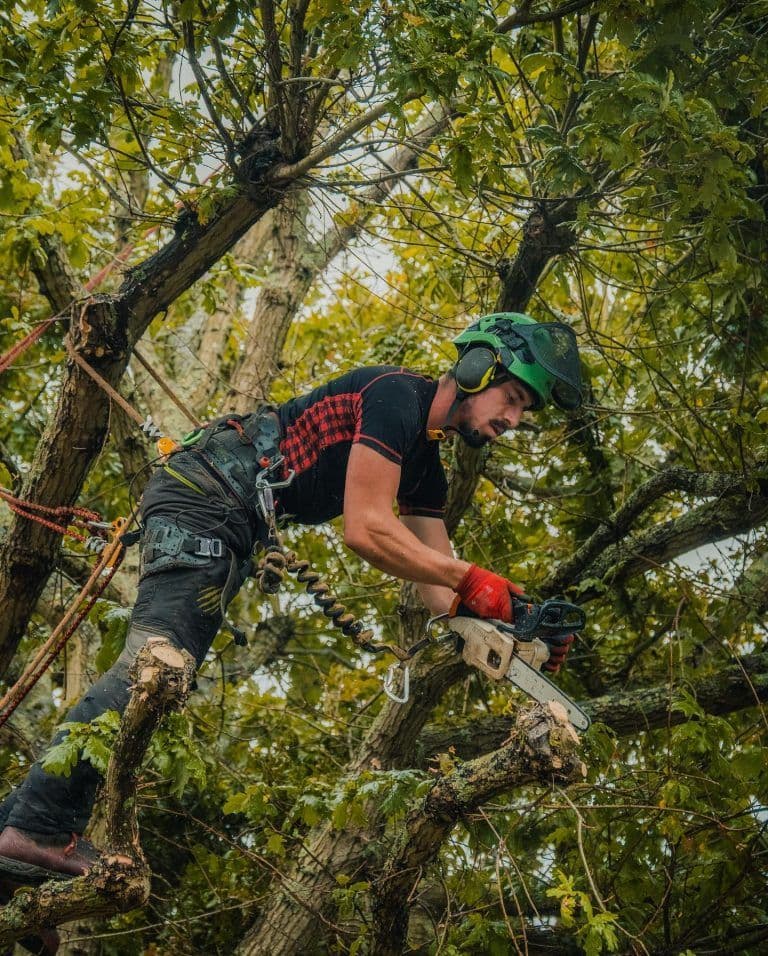
Why Regular Tree Trimming Keeps Your Landscape Healthy
Trees play a valuable role in every outdoor space. They add height, structure, shade, and character to the landscape. Bu...
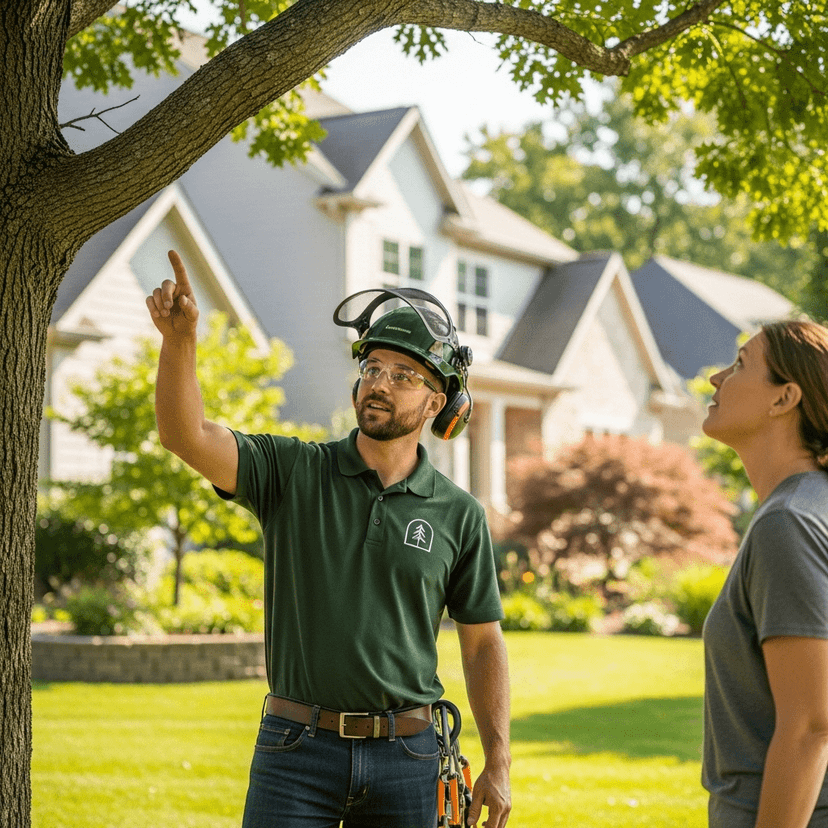
7 Clear Signs It’s Time to Remove a Tree from Your Property
It’s not always easy to decide when a tree should be removed. Trees can hold sentimental value, offer shade, and provide...
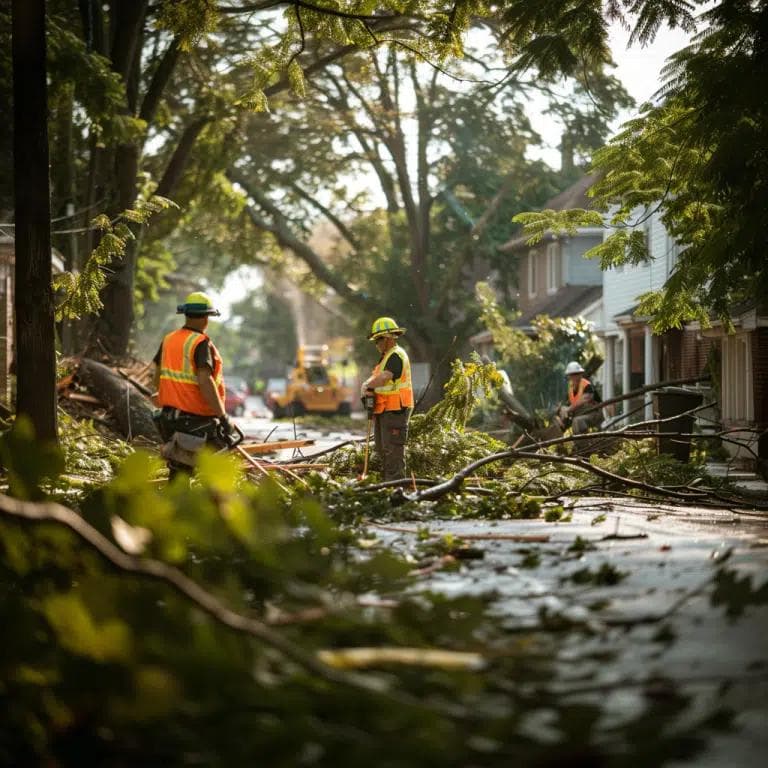
How to Identify Sick Trees: A Complete Guide for Homeowners
Identifying Sick Trees: Essential Tree Care Advice for Johnson City Homeowners A healthy tree condition is vital for mai...

